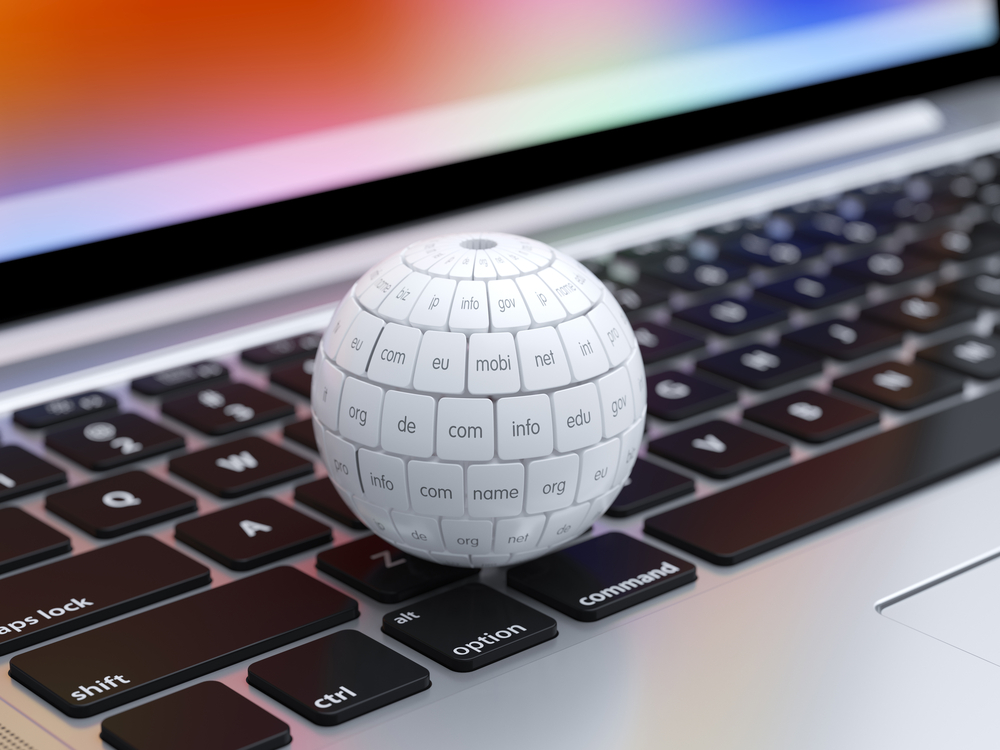
The Coronavirus has forever changed the way we live. For most, the frontline workers were the most significant contributors in fighting COVID-19, ensuring our health and safety during this difficult time. Technology also plays a critical role in helping society function.
As the COVID-19 pandemic continued to soar, our communities realized the importance of technology and its integration into our culture. It became apparent that the previous functioning within society often held a significant risk of contracting the virus, particularly when considering high-contact areas. Here are a few types of technology that helped get us through the pandemic:
Online Grocery Orders and Contactless Payment
As the pandemic forced many people into lockdown, the need for groceries was still rampant. Grocery shopping became a task that many wanted to avoid (due to exposure), even when stores maintained thorough cleaning protocols. As a result, many online grocery shopping options emerged.
Delivery services skyrocketed, allowing individuals to order food directly to their door. Platforms implemented vehicle pick-ups for those who want something other than at-home delivery. These pick-up orders allowed online shopping for essentials while collecting the items from their vehicle.
Remote Working and Learning Environments
Remote positions allowed individuals to remain safely connected during the pandemic without sacrificing health and well-being. Many school and work environments created remote conditions through video conferencing and instant messaging communication platforms. Many workplace environments continued to offer at-home positions, hybrid telecommuting, or variations of traditional employment long after the government lifted the restrictions.
Although many aspects of virtual learning have dissipated, a few critical elements remain. For example, virtual meetings during illness, online project submissions, and virtual conferencing for class activities can all benefit students in the classroom and at home.
Accepting Electronic Documents
During the height of the pandemic, many administrations allowed the submission of electronic permits and certificates rather than the traditional paper form. This technological shift improved the previous requirement for scanning and sending back paper documentation, which often poses access problems within vulnerable communities. Many of the current electronic adaptations are expected to remain long after COVID-19, if not for the accessibility, for the simplicity of storage.
Vaccine Distribution Applications
As the beginning of 2021 saw COVID-19 vaccine deployment, many states faced backlogs and shortages. People were left scrambling to find available vaccine doses, yet some clinics struggled to fill overages or appointment cancelations. Online platforms worked to bridge the gap between vaccine availability and surplus vaccines, reducing vaccine waste and getting life-saving immunization into the arms of Americans. One Dr. B review indicates the platform sent over one million text messages to registered individuals throughout the pandemic.
3D Printing Applications
As critical supply shortages continued to soar, many 3D printing companies came together to supply Personal Protective Equipment to the medical community. Companies such as NASCAR offered Toyota and Ford 3D printing technology and equipment to tackle the dire medical supply shortage. Other manufactured supplies included testing swabs, ventilator valves, emergency respiration devices, and mask fitters.
Development of Big Data
Many people wonder how the development of big data was able to help throughout the pandemic. Although this aspect allows businesses to analyze consumer behavior, it also collects real-time information about COVID-19. People finally understood that loss of smell or taste was an early indicator of infection, along with the systemic outcomes of the virus within the body. Big data became crucial in monitoring current cases within North America, along with potential spread throughout the community. Transmission methods and virus mutation were observed and recorded, offering better insight into the months ahead.
COVID-19 Alert App
This application held Bluetooth technology that shared random codes with nearby devices. The application used the code to identify, through GPS, whether a user had exposure to the virus while navigating throughout their day. As the codes changed every five minutes, there was minimal risk of exposing identities. No one had access to names, contacts, locations, or health details.
Conclusion
While COVID-19 changed certain aspects of society, technological developments worked to offset the limitations. Forcing a new interaction pushed for more substantial reliance on technology, which had a few outcomes becoming permanent functionality. Although not everyone will embrace technology in their personal lives, it proved highly beneficial to society.
You may be interested in: The Most Prospective Business Markets

